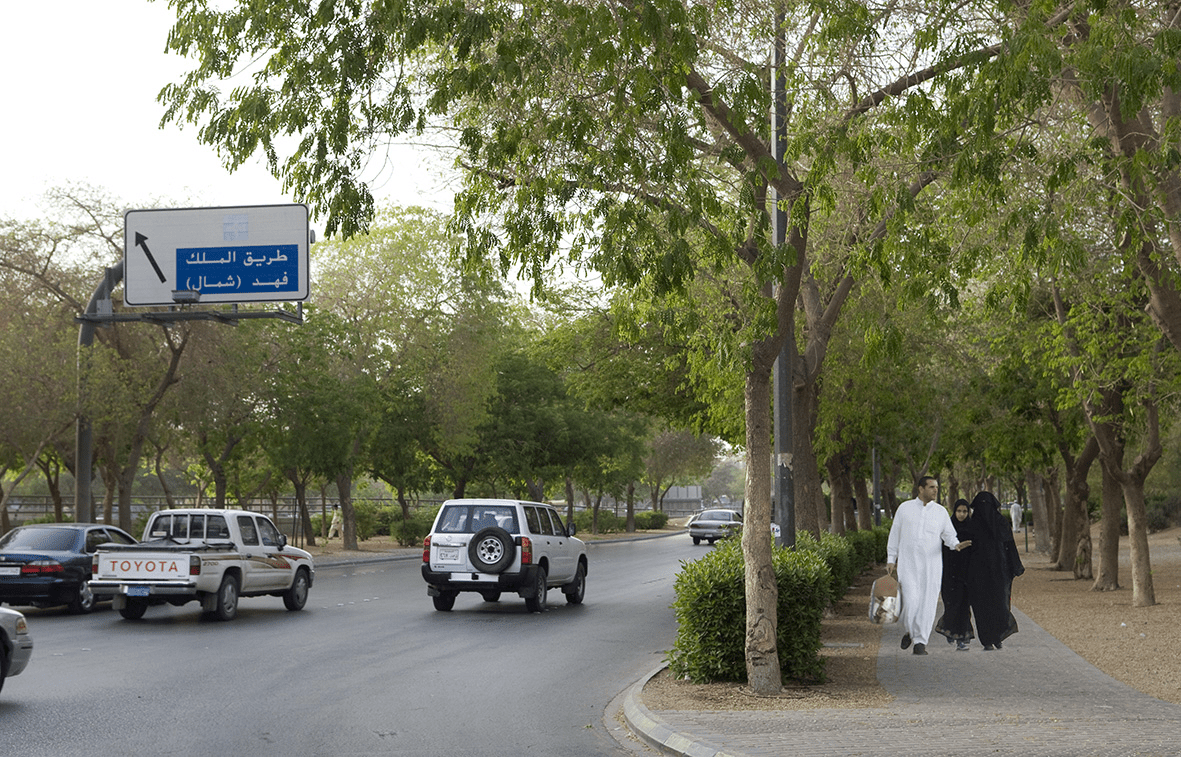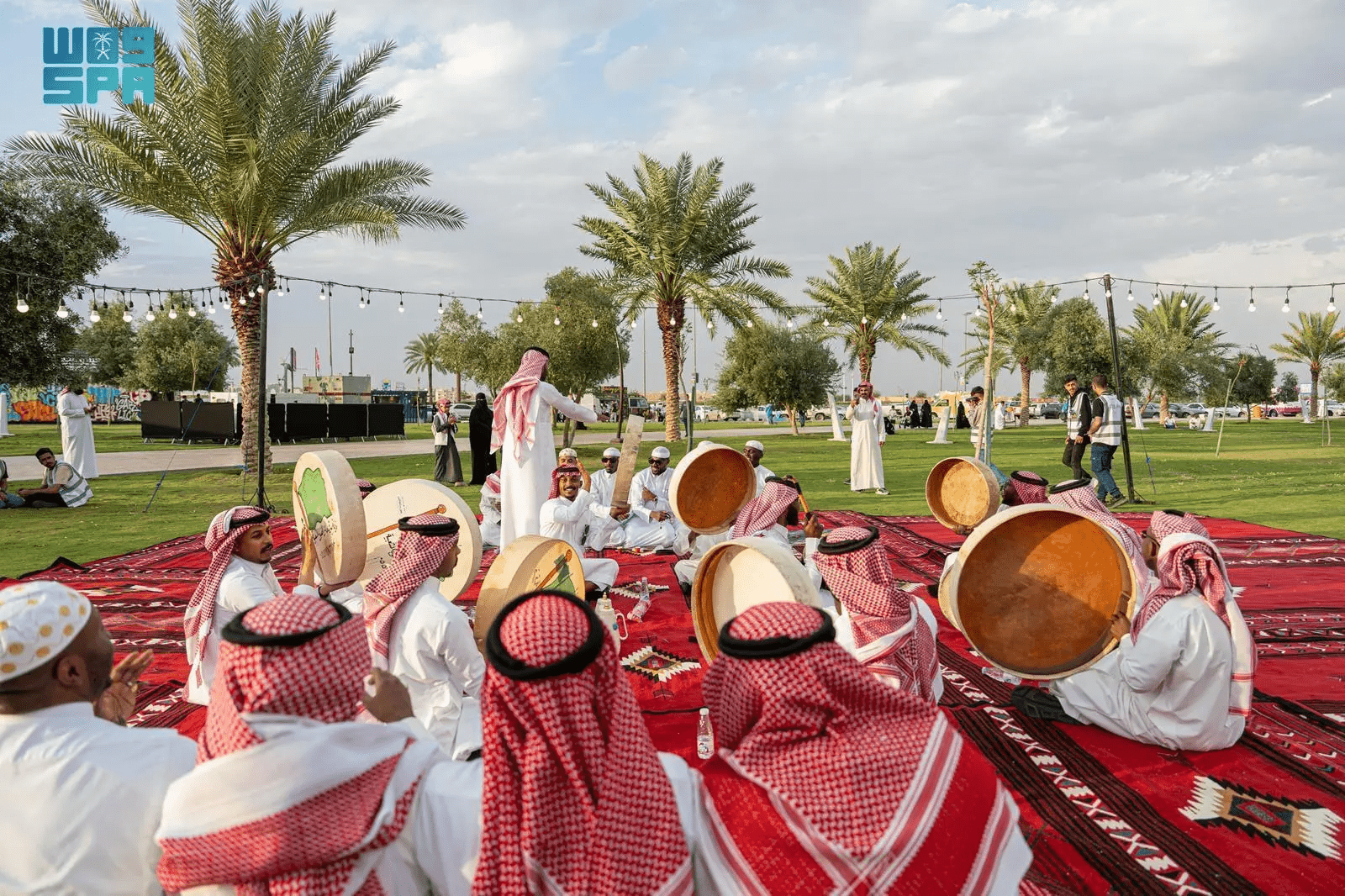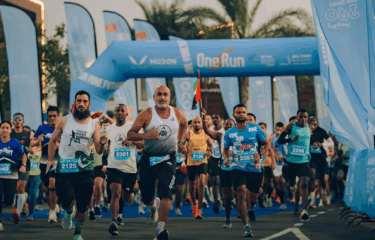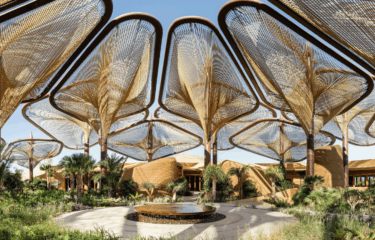Something meaningful is unfolding in Saudi Arabia—not just in its skyline or economy, but in the quiet, everyday details of how people are living longer, healthier lives. In 2016, the average life expectancy in Saudi Arabia was 74 years. As of 2024, that number has reached 78.8. That’s nearly five extra years in less than a decade.
This isn’t just a statistic to note and move on. It’s a reflection of how daily habits are changing, how communities are becoming more health-aware, and how national reform is touching individual lives. At the heart of this shift is the Ministry of Health Saudi Arabia, with a clear direction set under Vision 2030.
If you’re curious about what it’s like to live here, or even just want to understand the rhythm of life in the Kingdom, this milestone opens a window into that story.
A Quick Look Back: From 74 to 78.8
Back in the 1960s, the average life span in Saudi Arabia was about 46 years. By 2020, it had risen to nearly 76. But it’s the jump from 2016 to 2024 that really stands out.
A gain of 4.8 years in under a decade is significant. Most countries in the same range gain less than 0.31 years annually. Saudi Arabia nearly doubled that pace.
What’s Helping People Live Longer in Saudi Arabia?

A Healthcare System That Keeps Getting Better
Much of the change begins with the Health Sector Transformation Program, part of Vision 2030. It’s focused not just on building hospitals, but on making healthcare more efficient, more accessible, and more human.
Response times have improved. Clinics are more streamlined. Hospitals are open late into the evening, making care easier to reach. Programs like “We’re All the Nursing Staff” (Kollona Al-Tamreed) are also helping boost the visibility and impact of nurses across the country.
Better Food, Wiser Choices
The Ministry of Health Saudi Arabia has introduced policies that are changing how people think about food. Hydrogenated oils are out. Salt content in processed food is down. Calorie labels are now on restaurant menus.
These may seem like small steps, but they add up—especially when they help reduce the risks of conditions like high blood pressure, diabetes, and heart disease.
Walking Became a National Habit
The Walk 30 initiative got people moving. Just 30 minutes of walking a day, encouraged by national campaigns, has made physical activity part of daily conversation.
Public spaces feel different now—parks are more active, neighborhoods feel more connected, and there’s a growing sense that health is a shared effort.
Prevention First, Not Last
Screening for chronic illnesses and early signs of cancer is now far more accessible. The goal is simple: find it early, treat it well, and give people more years with better outcomes.
It’s one of the biggest shifts in the broader Saudi Arabia healthcare improvement story—where prevention now stands alongside treatment.
Communities That Shape Their Own Health
Through the Community Empowerment initiative, people are now taking more active roles in how healthcare looks in their neighborhoods. They help shape wellness programs, raise awareness, and identify local health priorities.
It’s Not Just About Living Longer—It’s About Feeling Better Too
Right now, the average lifespan in Saudi Arabia is 78.8 years. But the healthy life expectancy—the years lived with good health—is about 64.
That 10-year gap is where the next big effort lies. Programs like Baby-Friendly Hospitals, better chronic care, and education around aging well are all part of the push to make those later years more comfortable and fulfilling.
Vision 2030’s Goal: Almost There
One of Vision 2030’s most personal goals is to raise the expected lifespan in Saudi Arabia to 80 years. At 78.8, there’s just a little more ground to cover.
With continued momentum, from food reform to fitness campaigns and expanded access to care, reaching that goal doesn’t seem far off at all.
Why is Saudi Arabia’s Life Expectancy Relevant

Progress in Saudi Arabia is often measured in the big stuff—megacities, infrastructure, and investments. But when you zoom in, it’s things like this—health, time, and well-being, that show the heart of it all.
So if you’re exploring Saudi Arabia, whether for travel, work, or something more permanent, this rise in life expectancy might say more about the country than any skyline ever could.
FAQs
What is the current life expectancy in Saudi Arabia?
As of 2025, it’s 78.8 years, up from 74 years in 2016.
What helped increase life expectancy in Saudi Arabia so quickly?
A mix of better healthcare access, improved nutrition policies, more physical activity, early screenings, and empowered community health programs.
How many years are considered “healthy” life expectancy in Saudi Arabia?
Around 64 years, which shows there’s still room to improve quality of life in the later years.
What’s the Vision 2030 target for life expectancy in Saudi Arabia?
The goal is 80 years, and it’s well within reach if progress continues.
How does Saudi Arabia’s increase compare globally?
The country’s gain of 4.8 years in eight years is among the fastest worldwide for nations already in the 70+ range.













